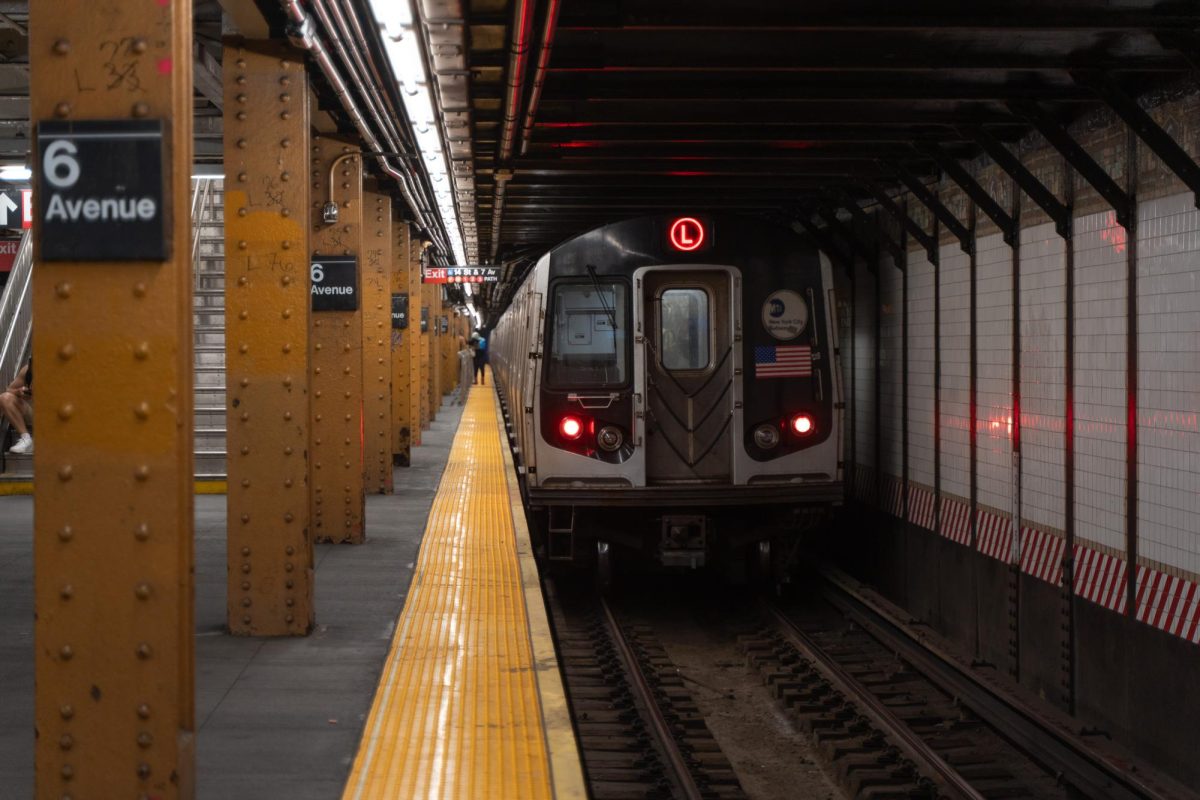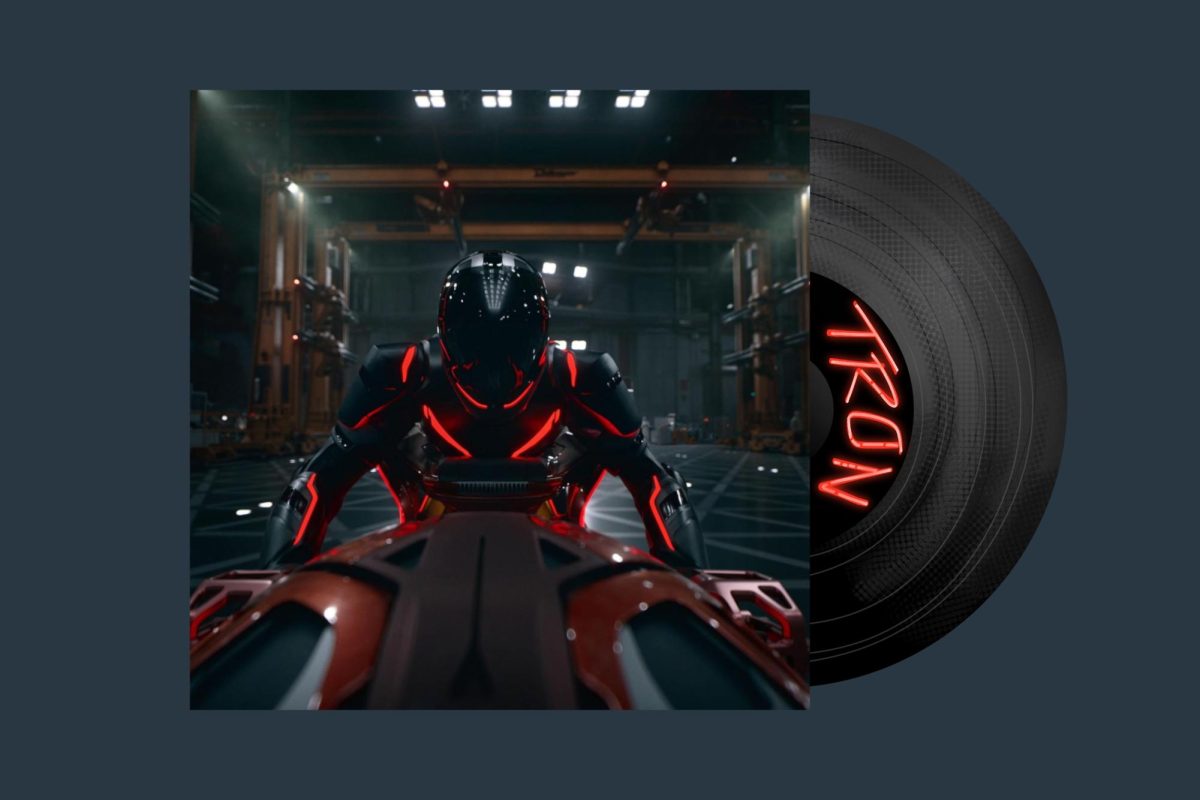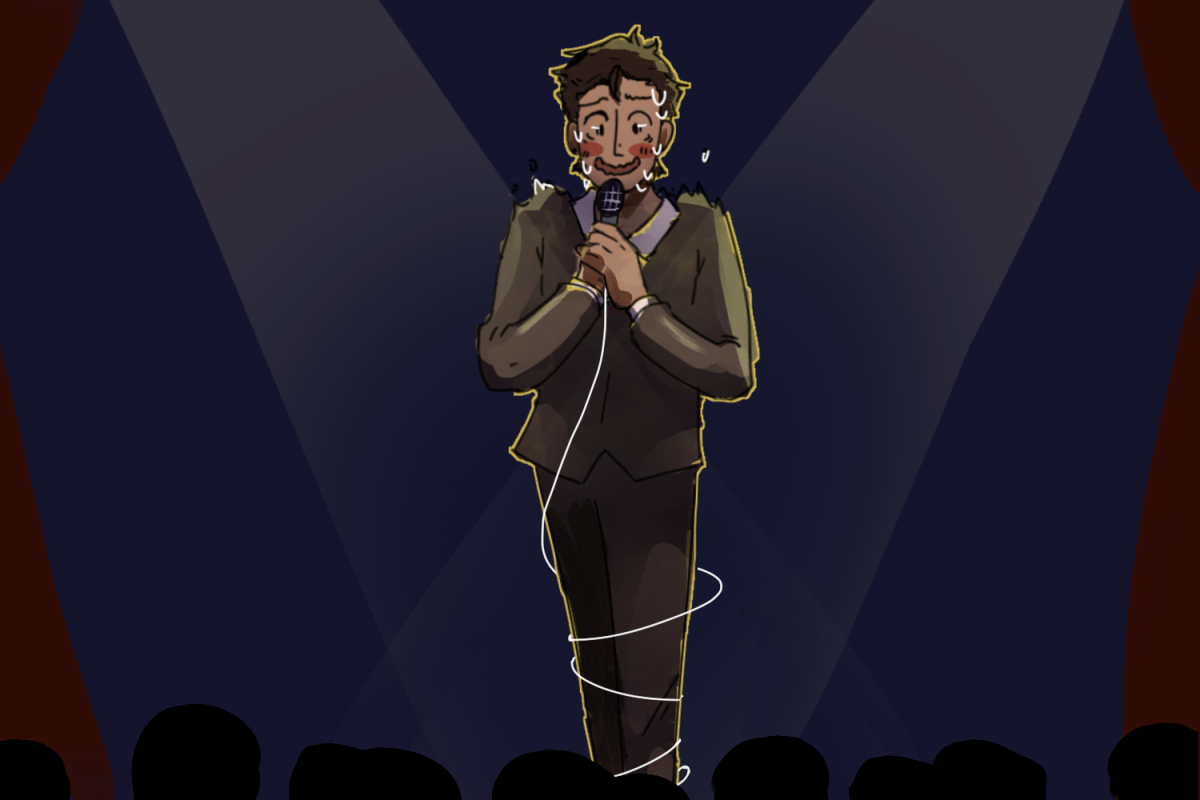On the surface, a four-panel comic seems like it couldn’t be further apart from a feature-length film. After all, a comic’s limited space for a story and implied movements are a far cry from how movies can leisurely pace their narratives and fully capture emotions. Even so, there’s no shortage of art that tries to explore the common ground or overlap between a comic and film — and “Look Back” is one example.
Adapted from the one-shot manga of the same name by Japanese artist Tatsuki Fujimoto, best known for “Chainsaw Man,” “Look Back” follows aspiring manga artist Fujino (Yumi Kawai), who strikes up an artistic rivalry-turned-friendship with Kyomoto (Mizuki Yoshida) — a withdrawn classmate and fellow artist.
While it doesn’t reach the lavish level of detail in a Studio Ghibli film, “Look Back” places the dynamic between Fujino and Kyomoto front and center in its compellingly personal reflection on art. Clocking in at just under an hour, the film’s compact length helps mirror its pacing with that of its source material, as both feel delightfully self-contained and bittersweet in their fleetingness. However, one of the film’s greatest strengths lies in how it plays with the connection between these two different worlds of comics and animation, blending form alongside the story’s content.
It almost feels natural for the film to have quick nods to the likes of “Chainsaw Man” and Fujimoto’s other one-shots, but these are only the tip of the iceberg for the adaptation’s connections to the source material. Beyond its central themes about the equal joys and struggles of creating art, “Look Back” clearly recognizes Fujimoto’s inspiration for the film, both in his actual stories, as well as in his characteristic style. These cinematic touches pervade Fujimoto’s comics, namely with the realistic detailing and naturalistic paneling he employs in his works, as his stated intention to “write a manga that’s like a Korean movie” has set him apart from many contemporaries.
Seemingly in tribute to this, “Look Back” revels in translating these moments in the original manga to the screen. As an example of these moments of artistic flair rendered by director Kiyotaka Oshiyama, a scene of Fujino and Kyomoto running hand in hand takes advantage of animation by setting it in slow motion. Crowds surrounding the two characters move apart in the background to emphasize distance, emulating the feeling of the original manga’s double-page spread while letting the film’s creative decisions shine.
“Look Back” is packed with montages that play with the manga’s distinct structures and format. They vividly evoke the original work into exaggerated art styles, while still translating beautifully to animation. Emotion is heightened, rather than dulled in the transition.
The freedom of animation allows further development of the original manga’s aesthetic and techniques while maintaining its pristine yet subdued sense of realism. This synthesis of the two artistic mediums forms a focal part of “Look Back” from the get-go, as shown in the dizzying spin around the night sky down to Fujino’s home that opens the film. It simultaneously segues into the image of Fujino drawing at a desk — the first panel and repeating motif throughout the manga, while using animation’s dynamic motion to its fullest.
Compared to big-budget comic adaptations which often find themselves restrained by the idea of comic accuracy — whether it’s in costumes or one-to-one-visual recreations of a few eye-catching panels — the film’s active attempts to engage with the conventions of comics themselves are refreshingly endearing. It’s all the more appropriate that “Look Back” got such a treatment, considering the story’s emphasis on the connections people form and the ways they inspire one another through art.
A film rarely transcends the boundaries of artistic mediums to such a degree, but “Look Back” does so with flying colors. If the story’s conclusion is that the very act of making oneself and others happy is enough of a reason to keep on making art, the film subtly adds to that, suggesting that there’s also plenty of artistry to be found in reimagining others’ art, like passing a baton — or in this case, pen.
“Look Back” is now available for streaming on Amazon Prime Video.
Contact Kaleo Zhu at [email protected].






















































































































































